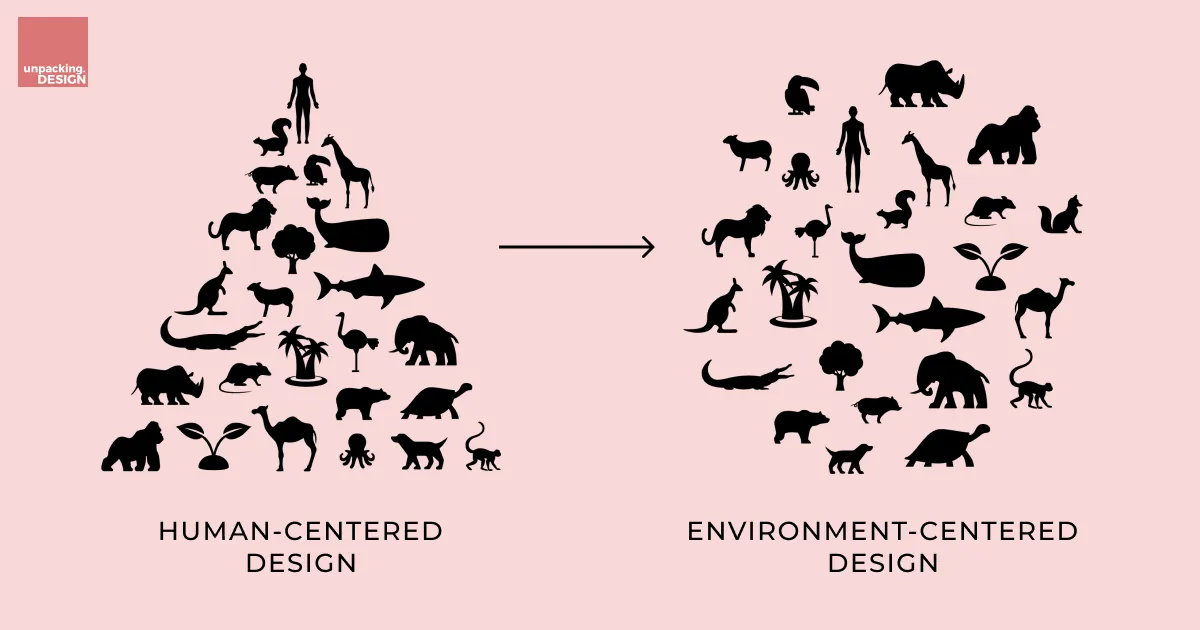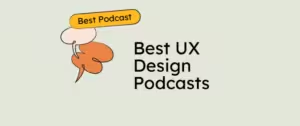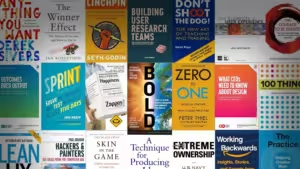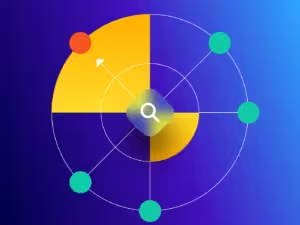What is Environment Centered Design? Environment-centered design is a new way of thinking about product and service development. It builds on human-centered design but goes further by considering the environment and other non-human factors. In traditional human-centered design, the focus is solely on meeting the needs of people. However, this approach often overlooks the impact on the environment and other species.

Environment-centered design fills this gap by aiming to create products and services that are sustainable in all aspects: environmentally, socially, and economically. To practice environment-centered design, start by considering the needs and preferences of both humans and non-human stakeholders. This includes understanding the ecological impact of your designs and finding ways to minimize harm.
By combining principles from human-centered design, usability, ecology, and sustainability science, you can create products and services that benefit both people and the planet.
Environment-centered design is a method for developing products or services. Its goal is to ensure they are environmentally, socially, and economically sustainable. This is achieved by considering the needs, limitations, and preferences of both human and non-human stakeholders. It draws on expertise from human-centered design, usability, ecology, and sustainability science.
Environment Centered Design vs Human Centered Design
In today’s world, designing products and solutions that cater to human needs while also considering the environment is crucial. Let’s delve into the distinctions between human-centered design (HCD) and environment-centered design (ECD) to understand their impact on sustainability.
1. Human-Centered Design (HCD):
HCD prioritizes the needs and preferences of users, aiming to create products that enhance their experiences. It focuses on empathy, understanding, and iterative improvement based on user feedback.
Stats: According to a study by McKinsey, companies that prioritize HCD have seen a 32% increase in revenue and a 56% increase in customer satisfaction.
2. Environment-Centered Design (ECD):
ECD shifts the focus from solely meeting human needs to considering the ecological and social impacts of design decisions. It aims to minimize environmental harm and promote sustainable practices throughout the product lifecycle.
Stats: Research published in the Journal of Cleaner Production suggests that implementing ECD principles can reduce environmental impact by up to 30%.
Key Differences:
- Focus:
- ECD: Prioritizes sustainability by considering the environmental, social, and economic impacts of design decisions. It aims to minimize harm to the environment and promote sustainable practices.
- HCD: Focuses on meeting the needs and preferences of human users. It emphasizes empathy, understanding, and iterative improvement based on user feedback.
- Stakeholders:
- ECD: Considers the needs and preferences of both human and non-human stakeholders, such as ecosystems, wildlife, and future generations.
- HCD: Primarily focuses on understanding and addressing the needs and preferences of human users.
- Approach:
- ECD: Integrates knowledge and techniques from human-centered design, usability, ecology, and sustainability science to create environmentally sustainable solutions.
- HCD: Relies on empathy, user research, prototyping, and iterative testing to create products and services that meet the needs of human users.
- Outcomes:
- ECD: Aims to create products or services that are environmentally, socially, and economically sustainable, promoting long-term ecological health and societal well-being.
- HCD: Seeks to create user-friendly and intuitive products or services that enhance user satisfaction and usability.
Real-World Examples:
- Environment-Centered Design (ECD):
- In the development of an e-commerce platform, Environment Centered Design principles would focus on minimizing the environmental impact of the platform’s operations. This could involve:
- Implementing energy-efficient server infrastructure to reduce carbon emissions.
- Optimizing website design and code to minimize data transfer and reduce load times, thus saving energy.
- Encouraging sustainable practices among sellers and suppliers, such as using eco-friendly packaging and shipping methods.
- Real-world example: Etsy, an online marketplace, is committed to sustainability and has implemented various ECD initiatives. They prioritize renewable energy for their operations and encourage sellers to use eco-friendly packaging.
- In the development of an e-commerce platform, Environment Centered Design principles would focus on minimizing the environmental impact of the platform’s operations. This could involve:
- Human-Centered Design (HCD):
- HCD principles in the same e-commerce platform would focus on creating a user-friendly and intuitive shopping experience for customers. This could include:
- Conducting user research to understand customer preferences, shopping habits, and pain points.
- Designing a user interface that is easy to navigate, with clear product categories, search functionality, and intuitive checkout process.
- Providing personalized product recommendations and tailored shopping experiences based on user preferences and past purchases.
- Real-world example: Amazon, a leading e-commerce platform, employs HCD principles to continuously improve its user experience. Features such as one-click ordering and personalized recommendations enhance user satisfaction and convenience.
- HCD principles in the same e-commerce platform would focus on creating a user-friendly and intuitive shopping experience for customers. This could include:
Conclusion:
Both HCD and Environment Centered Design play crucial roles in shaping sustainable design practices. By combining elements of both approaches, designers can create products and solutions that not only meet user needs but also contribute positively to the environment and society.
References:





